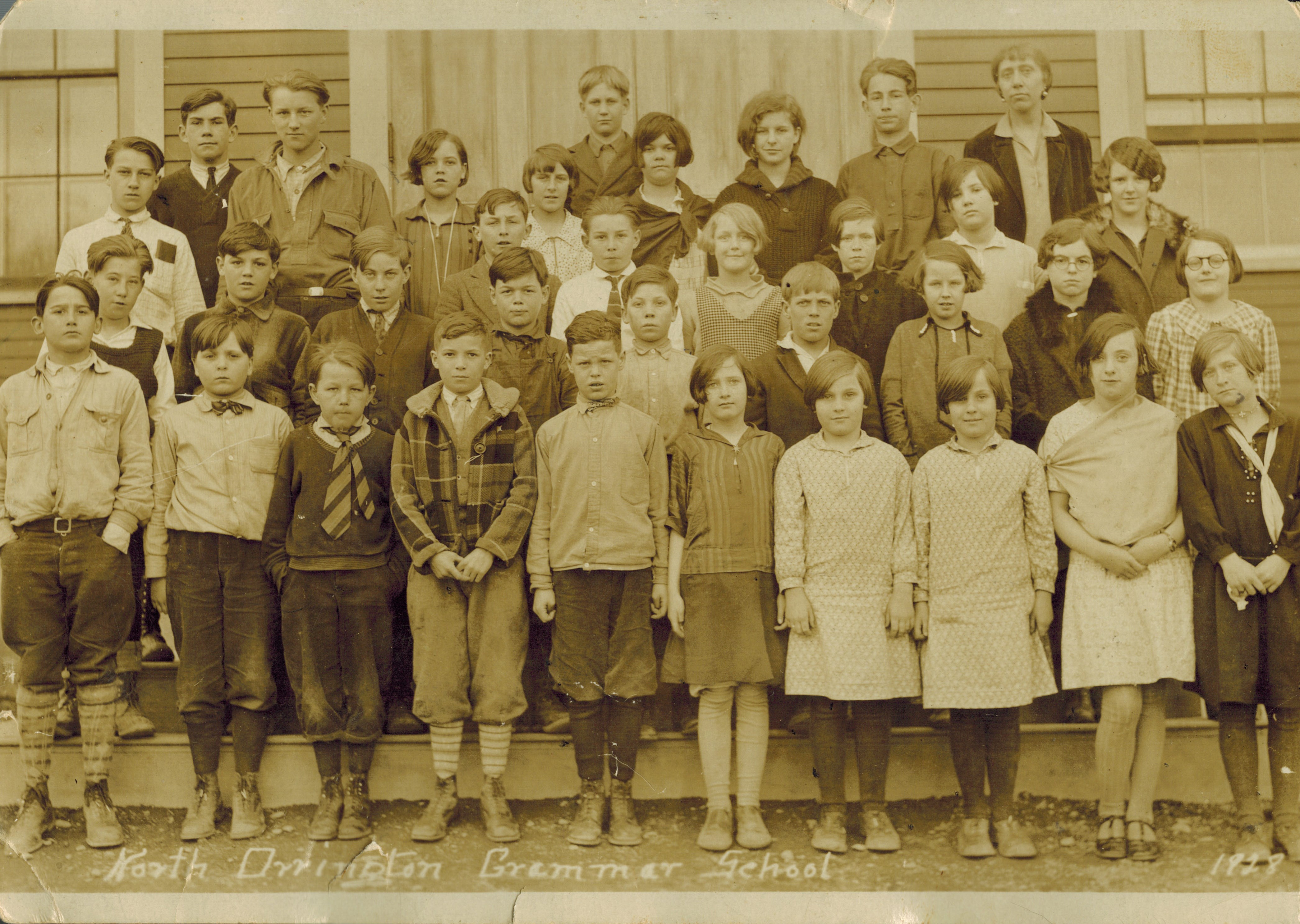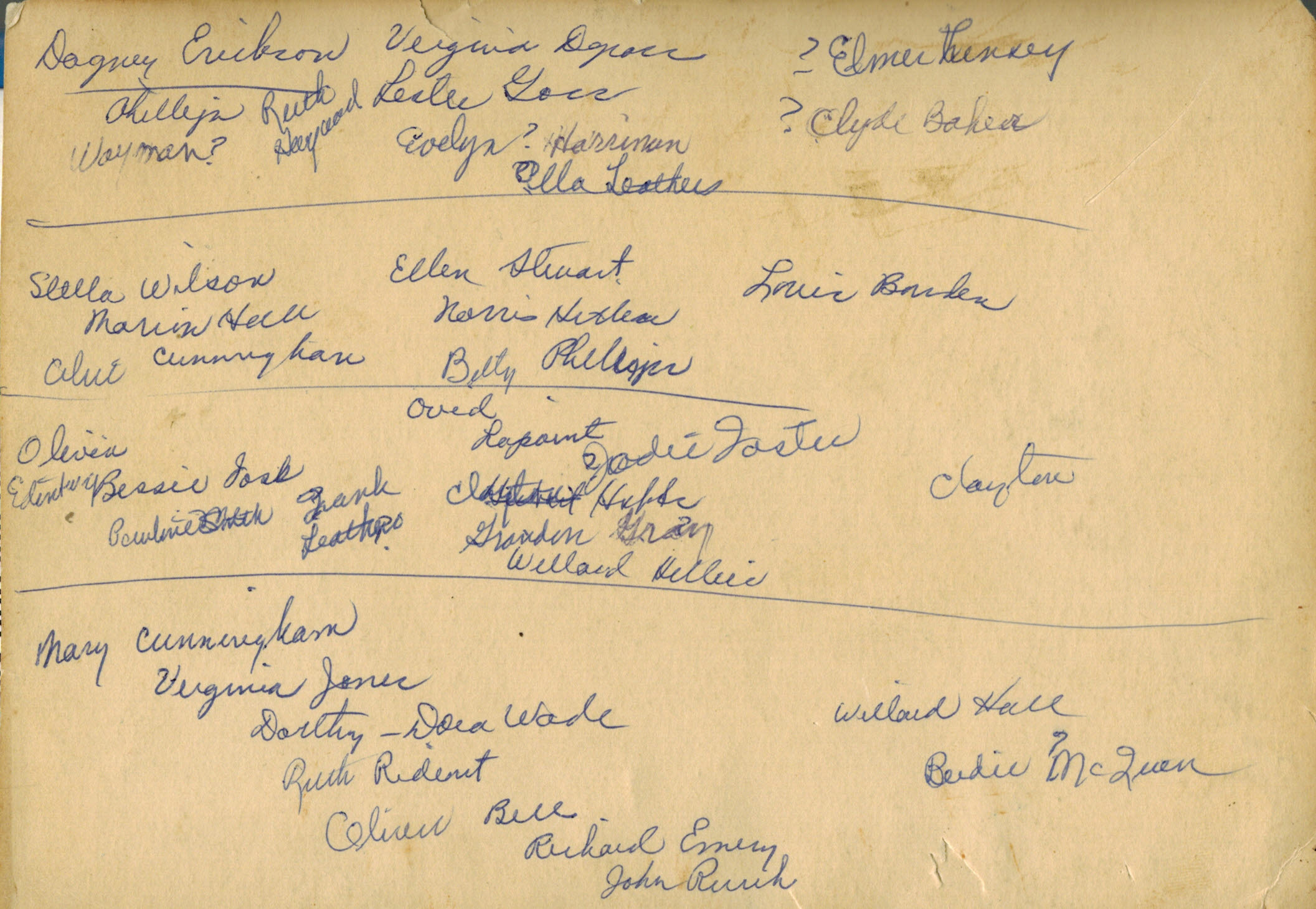This article was likely published around the year 1919. Although the author and newspaper are unknown at this time, it’s possible that it was published in the Bangor Commercial.
Remarkable Record of Capt. Brown, Who Made 101 West India Voyages
The death last week of Captain Joseph Atwood Brown of Orrington marks the passing of one of the last old time ship captains. He was born in North Orrington July 1, 1831, oldest of the five children of Cornelius and Eliza (Smith) Brown.
His father being a ship captain, he was early attracted to the sea and at the tender age of eleven went summers as cookee with his uncles Charles and Stillman Brown. At sixteen he began in earnest, making long voyages to foreign ports. He continued in this chosen calling for fifty-one years, making 101 round trips to the West Indies alone, besides visiting many European countries.
In 1854 he married Rebecca Bartlett, daughter of Samuel and Mary (Snow) Bartlett, who died nine years ago. He leaves two daughters, Mrs. Cara M. Conley of Brewer and Mrs. Leland B. Blake of South Orrington, and two grandchildren, Mrs. Charles Spinney of Brewer and Mrs. Fred Dionne of Dorchester, Mass.
In the early seventies he made a trading voyage up the west coast of Africa, sailing up and down that coast and trading at the different ports. He remained there eighteen months, the entire voyage taking about three years. While there he contracted the dread disease, yellow fever, the effects of which followed him through life.
Two other times he was stricken with this disease. Once in Pensacola, Fla., where the Masons saved his life by taking him into their private hospital and nursing him until he was able to join his ship. The third time was in Havana, Cuba. His vessel was due to sail and the American consul said he must leave her and go to a hospital, but he pleaded so hard that they put on board an old negress, who had relatives in New York and who understood handling the fever, and he sailed. The negress tended him so well that when the ship reached New York he was able to be on deck.
For many years he commanded the schooner Fred Smith, sailing for the old firm of Smith Brothers of New York. On many of these voyages he carried his family, visiting many South American and West Indian ports and remaining away from home months at a time.
Later, leaving the Fred Smith, he turned his attention to barging, at the time when that business was in its height. Among others, he commanded the barge Roman, remodeled from the old steamship of that name. On a voyage in her, heavily laden with 1,700 tons of coal, and having with him as mate his son-in-law, the late Capt. Samuel M. Conley, he was shipwrecked off the coast of Virginia. Thinking the barge was riding heavily, Mr. Conley lowered a lantern into the forward hold, when the rush of water swept it out of his hands. Hurriedly reporting the condition and signaling to the tug boat, he rushed to the captain’s cabin, seized a dunnage bag and filled it with what he could find, ordered the life boat to be lowered and then went to report to the captain, whom he found calmly steering.
“Come, captain,” said he, “the boat is ready.”
“My place is here; I shall not desert my ship,” was the reply.
Mr. Conley did not stop to bandy words. He called the men and they bore him kicking and struggling to the boat, where he collapsed in the stern. As they pushed off from the sinking ship it was discovered that a great hole had been made in the boat while lowering her. A sailor thrust his oil jacket into the aperature, Mr. Conley took charge; the sailors rowed with almost superhuman strength, and the boat made its way over the waves mountain high to the tug, Storm King, which, a few days later, landed them safely in New York. A humorous incident of the affair was that, although the dunnage bag contained quite a number of boots, no two were mates, and when the captain reported at the office in New York he had only the water-soaked garments in which he stood. All his nautical instruments, marine glasses, charts, etc., were lost, as well as his clothes.
In 1892, being a yellow fever immune, Capt. Brown was sent to Santos, Brazil, to recover the bark Archer, whose crew all had died with the fever. Orders were to take her to Turk’s Island, load with salt and proceed to New York. The bark had lain so long in that terrible heat of Brazil that her calking was poor, but, in spite of this, picking up a scrub crew in the fever-stricken port of Santos he set out to follow directions. All went well till the salt was loaded and they were started homeward, when the vessel began to leak like a sieve. The crew became mutinous; they said they would leave her, would not pump, etc., and when told by Capt. Brown that they must, said they would soon dispose of that little man and desert the doomed ship while land was near.
In the midst of this confusion, Capt. Brown appeared on deck, a small but formidable, figure, with a revolver in each hand.
“The first man who refuses to pump, dies,” he calmly announced. One look decided them. They turned to the pumps.
Before reaching New York, however, they were overtaken by a severe gale, dismasted, and finally driven into Bermuda, where the vessel was sold. This was Capt. Brown’s last voyage.
Later, he entered the employ of the late J. Weston Hopkins, working in the Hampden Creamery, when it was located in Hampden, following it to Bangor when it was moved and remained here till 1899, when he sustained a severe injury, being thrown violently from a high cream cart onto a concrete floor, breaking his collar bone and injuring his head.
After recovering somewhat from this injury, he moved onto his little farm in Orrington, making his home there till the death of his wife in 1913. During the last six years he has lived in the home of his daughter, Mrs. Leland Blake, gradually failing until the end found him in fancy once again the commander on the quarter deck, giving his orders, guiding, directing, until his Ship of Life floated out of the troubled waters and found anchor in the peaceful Haven of Rest.
Twilight and evening bell,
And one clear call for me,
And may there be no sadness of farewell,
When I put out to sea.
For if from out that bourne of time and place
The tide shall bear me far;
I hope to meet my pilot face to face,
When I shall cross the Bar.




